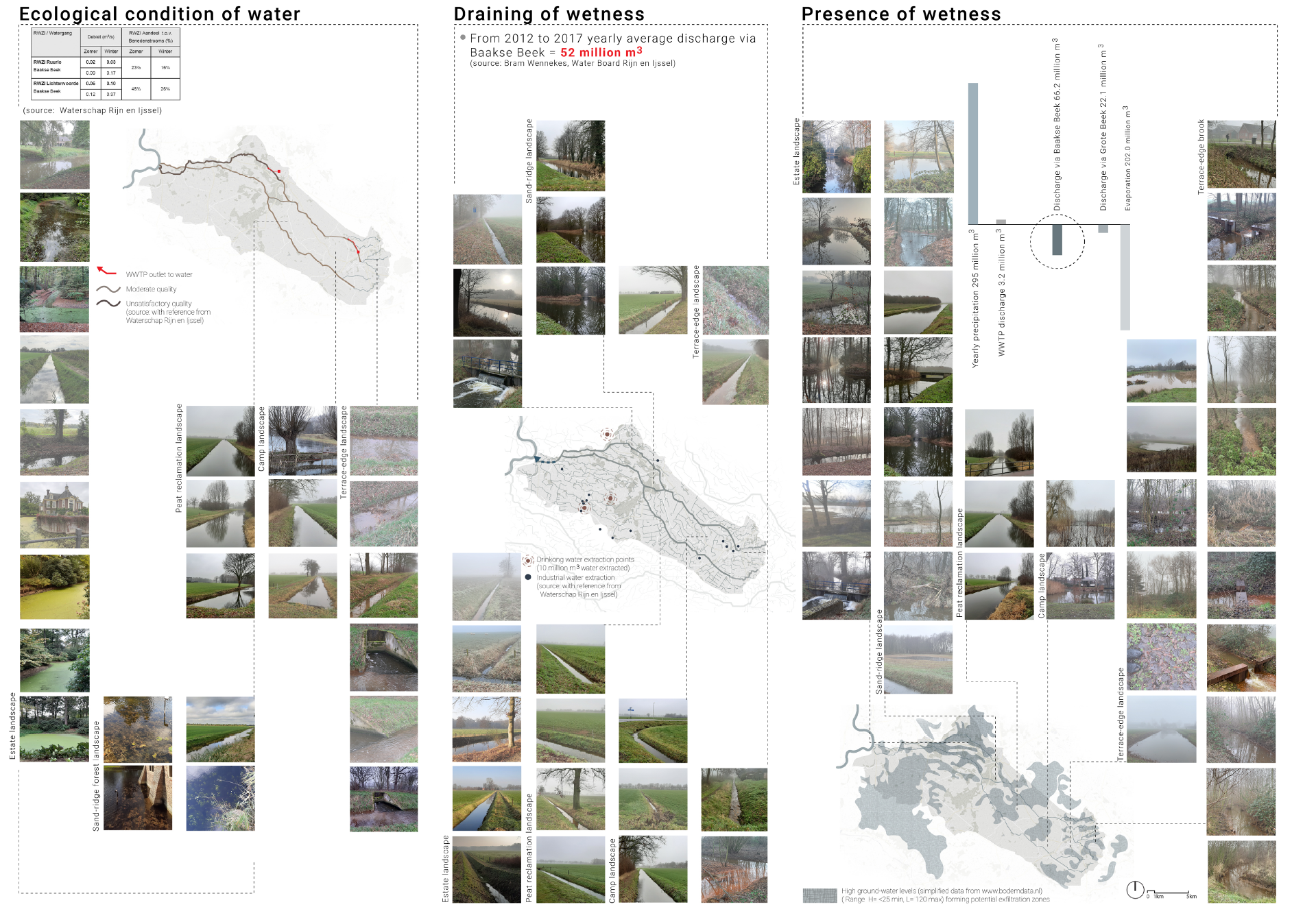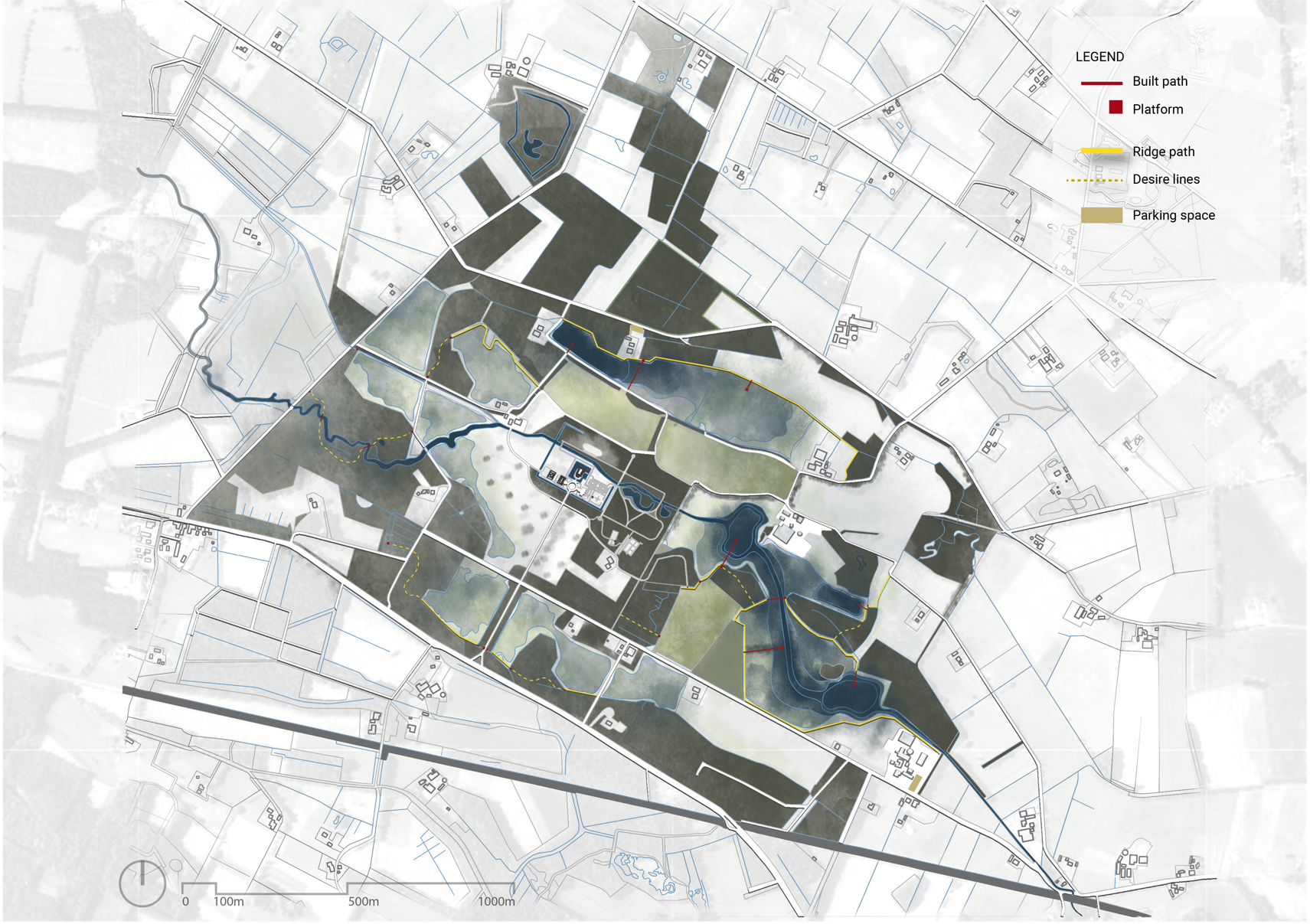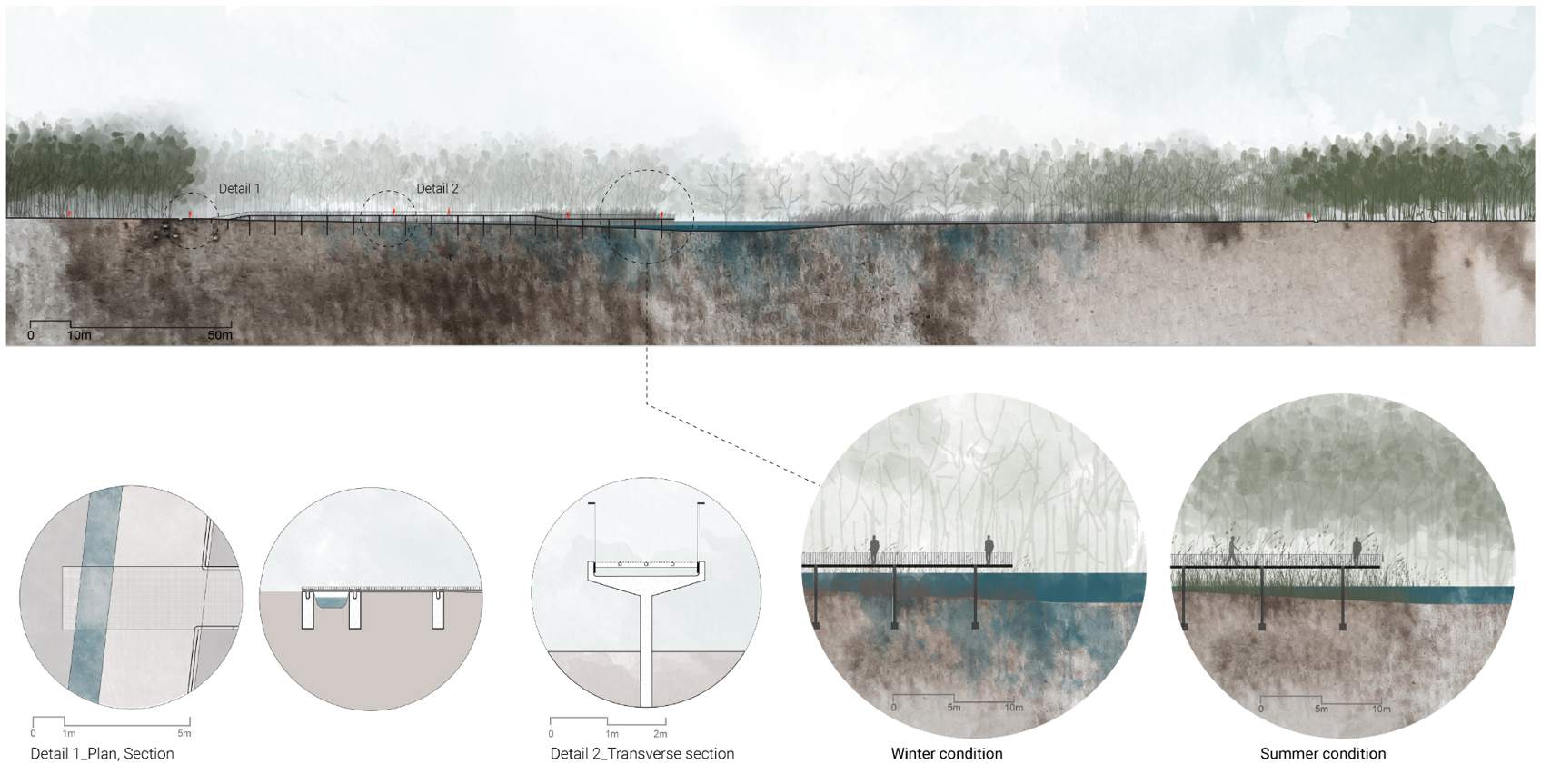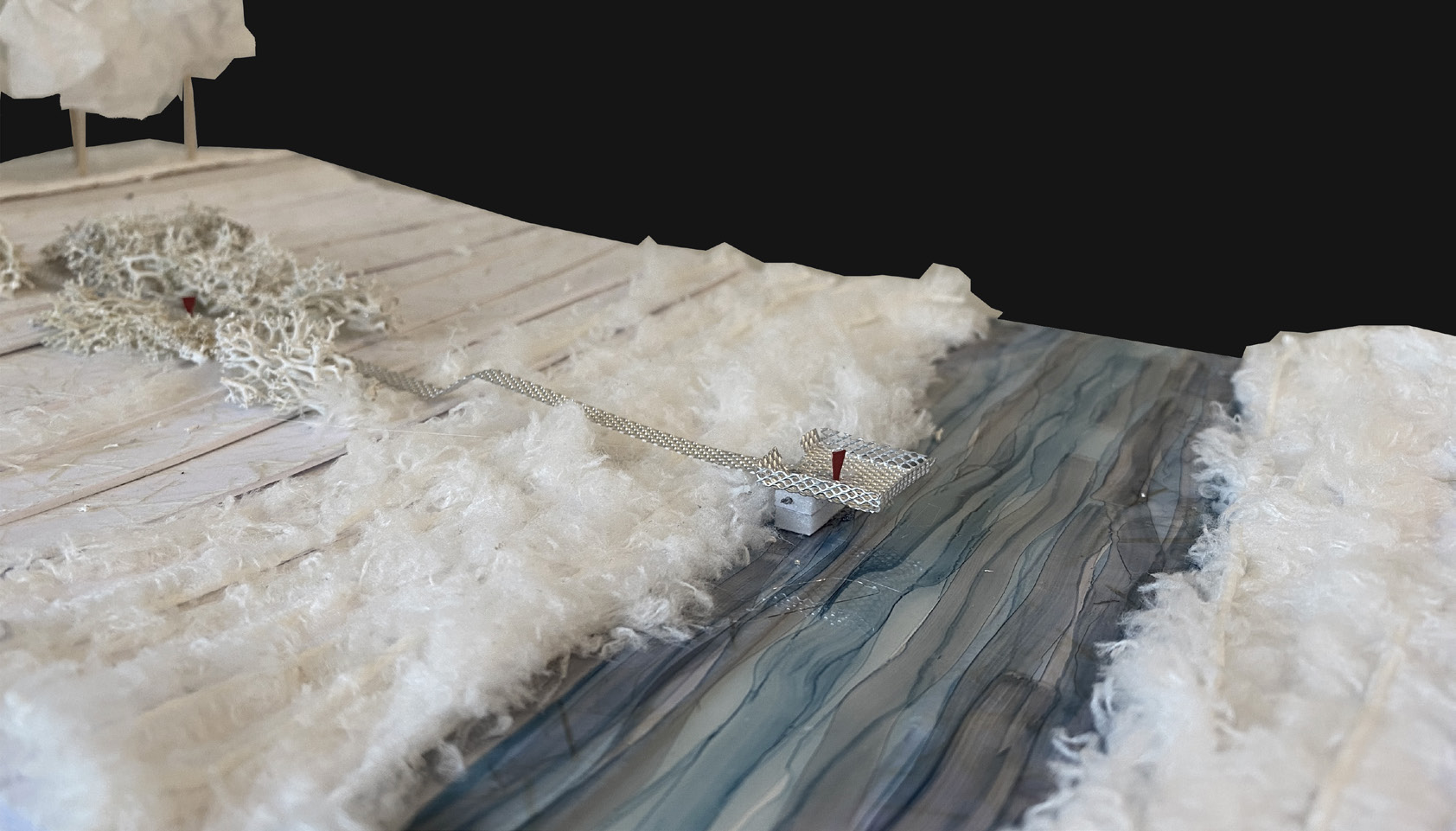Rejuvenating links: Estates & hinterland: (Re)exploring the value of productive cultural landscape and its link to the heritage estates of Baakse Beek area
Student: Alia Shahed
Mentors: S.I. de Wit, B. Cattoor, Kristel Aalbers
Program: MSc Urbanism
Graduation date: 03-07-2020
Abstract
The intended research and design exploration for resilient heritage landscapes of the future, looks at the heritage estate not just as a composition of a historic building and its garden ensemble but as a centrally organized economic system and a spatial assemblage of living, leisure and production. In the Achterhoek region from the Province of Gelderland, Netherlands, the agricultural lands and the forestry were lifelines of the living and leisure functions of the estates even in the early 20th century. In the production history of Achterhoek, two major events took place that largely determine today’s landscape character of the area. These events were respectively, the ‘Marken division’ in 1820’s initiated by the powerful estate owners and the ‘post-World War 2 land consolidation’ after 1950’s mostly taken up by the farmers. Most of the forestry and the characteristic ‘backstage landscape’ of the estate area, were developed at the time of the Marken division. During the land consolidation after World War 2, the East Achterhoek landscape accommodated intensification of agriculture. Thus, the forestry and the characteristic landscape along with its diversity were somewhat lost into a more homogenized open landscape in the East Achterhoek. On the contrary, the estate owners protected the cultural landscape of the estate area for the appreciation of its experiential qualities, its nature value and the leisure opportunities it provided them. But over time, the productive hinterland lost its value and strong connection with the estates as it was not enough as an economy generator anymore. As a consequence, most of the estates were taken up by conservation organizations in the 1970’s for their maintenance and protection. Today, the richly protected heritage estate zones only cover the estate building and the garden, but the hinterland is not equally seen as an important part of the heritage. Once, the hinterland was an invaluable part of the estate and even during the post WW2 crisis, the estate owners ensured the protection of their hinterlands along with the characteristic features of the cultural landscape of Achterhoek. That is why, there is a need for re-exploring its value and finding new functional and experiential links between the hinterland and the estates. In the current scenario, the severe scarcity of water in the estate grounds can be seen rather as a possibility for new links. Going back in history of water management, it is found that the productive landscape and its processes have influenced and altered the ‘Baakse Beek’ (brook system) and the wetness storage capacity of the region especially the East Achterhoek area. Here, a lack of awareness of its impact on the adjacent estate area is noticed. Thus, we find another missing link between the estates and the the broader cultural landscape as well. If suitable measures are taken in the productive landscape, this situation might improve. This, in turn, generates new possibilities of re-purposing and revaluing the productive hinterland and restore its link to the heritage estates through different scales.
Subject
Heritage estates
Water retention
Cultural landscape
Resilience
Heritage landscape






